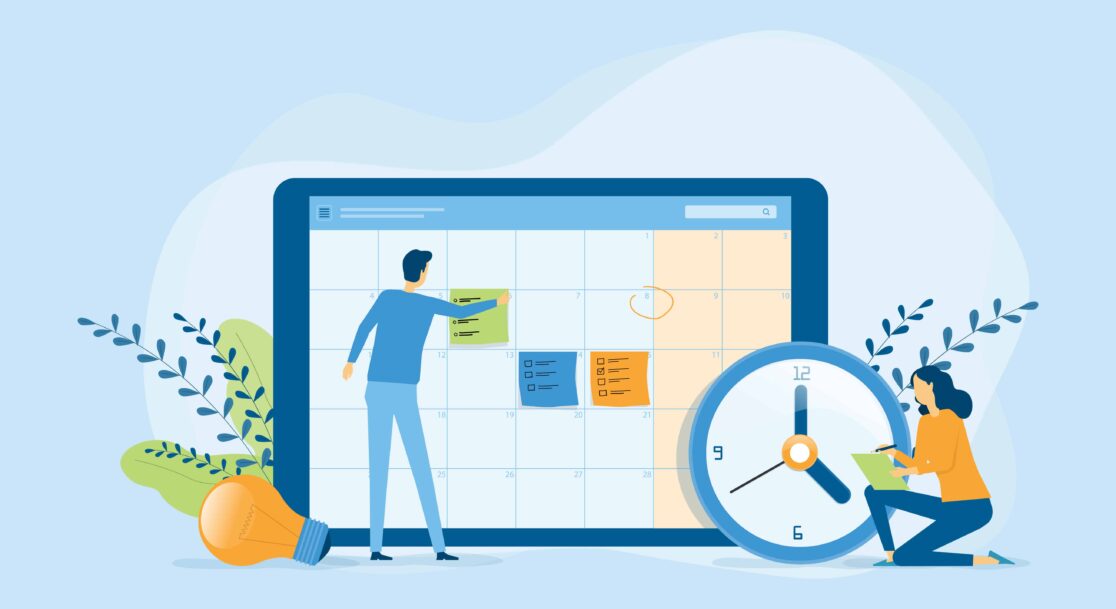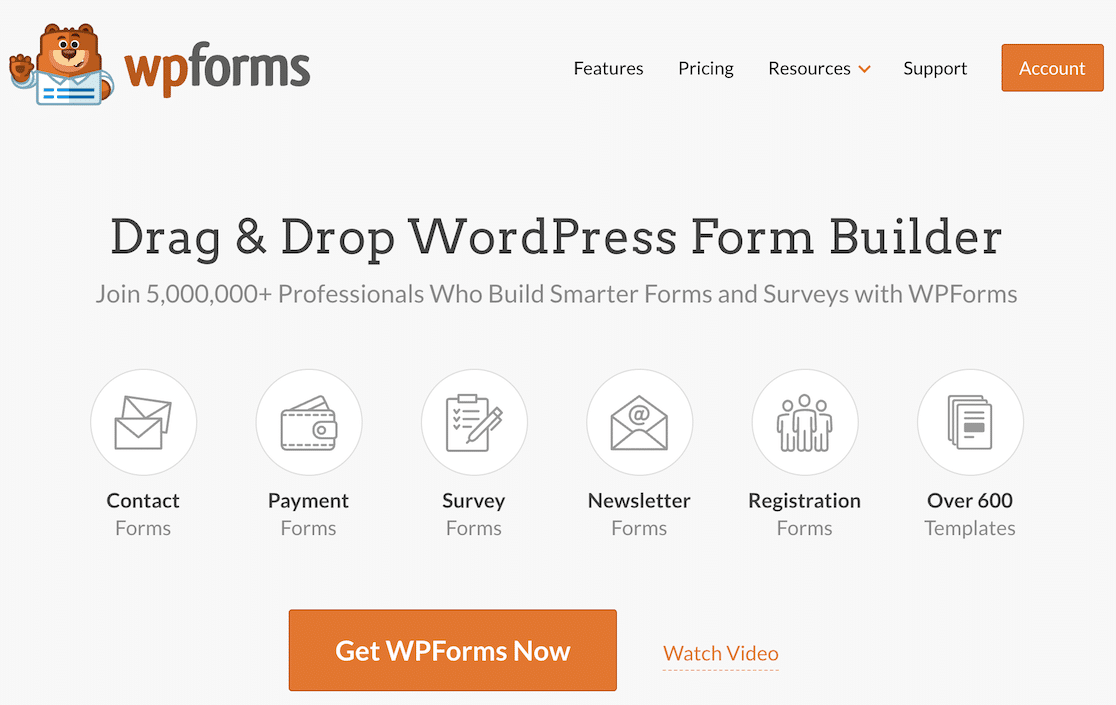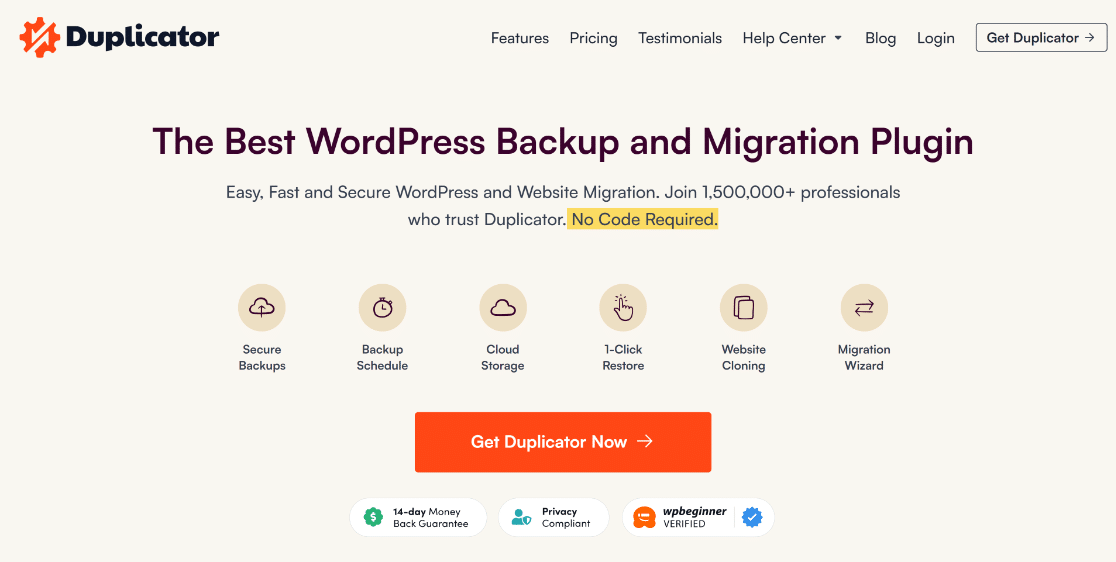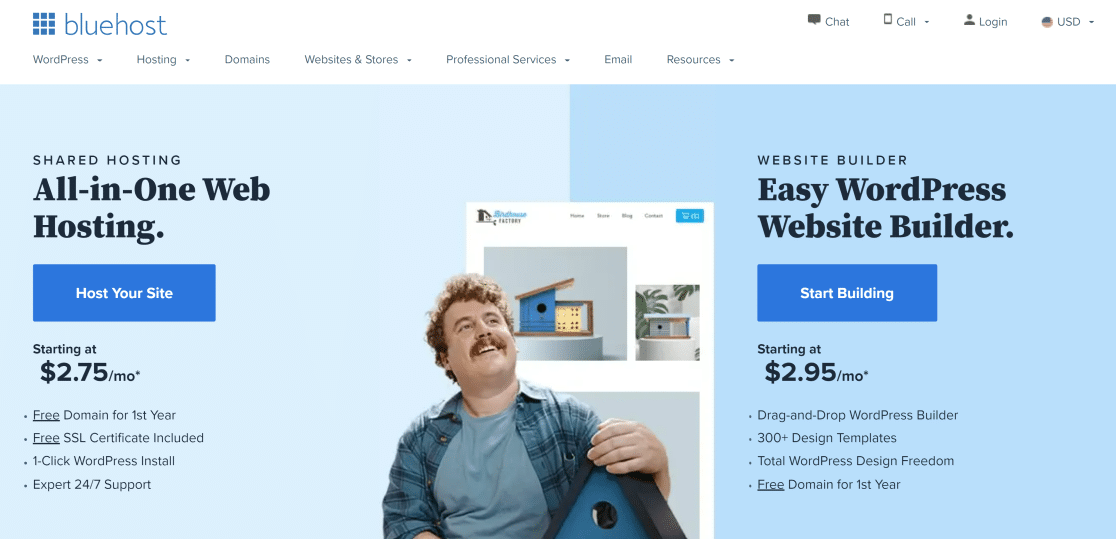Do you want to protect your website from going down? Site downtime is a major risk that every website owner faces, and is something that should be taken seriously.
When your site has an outage, your visitors, subscribers, and customers are met with error messages and 404 pages. You don’t have to be an eCommerce expert to understand how that’s not good for business. And the longer or more often your site is down, the worse it gets.
There are a few different things that can cause your website to go down, and a handful of ways to prevent it.
What Is Site Downtime?
Site downtime refers to any time that your website is down or inaccessible for some reason. Your site might be unable to perform its primary functions, or it might be completely offline.
Sometimes, your site may go down because of a cyber attack. Or you might experience website downtime because of more organic reasons like an overloaded server, too much traffic, or problems with the hardware or software. Perhaps a recent update has broken the code on your site and caused it to go down.
Let’s explore the reasons behind why your site could go down and how to prevent it from happening.
Is Your Site at Risk of Downtime? (#1 Risk to Look For)
Fortunately, there are a few things you can do to minimize the risk of downtime on your site.
Check Your Plugins & Themes
One way that you put your website in jeopardy is by being reckless with the plugins and themes installed on your site.
Anytime you install a new plugin or theme, you’re introducing new code to your website. And sometimes that differing code can break or interrupt what’s already running on your site. A certain plugin or theme could work beautifully on its own, but then cause major interference with another plugin you use.
Which is why you should check for compatibility of the plugins and themes you’re running with your site’s platform.

With WordPress being one of the most popular website platforms online, there are many plugins and themes to choose from. When selecting which ones to install, it’s important to be sure they are trustworthy and made by reputable developers.
Something else to consider is the updating of these installed plugins and themes. Keep in mind that an outdated site is more vulnerable to malicious cyber attacks. However, while housing inactive or outdated plugins on your website can increase the risk of a site outage, so can the updates.
When you update the software running on your site, be sure to update the plugins, too. You don’t want some aspects of your site updated while others aren’t, as this can lead to issues with broken code and defunct plugins. Sometimes your web hosting platform will make these updates for you automatically, but don’t rely on it.
Keep Subscriptions Up to Date
Letting an important subscription expire is another way you risk website downtime. For example, if you let your domain expire and someone else registers it, you could lose your site forever.
Your web hosting is another subscription to keep an eye on. If you don’t have a host, you don’t have a website. Just because you have something built on WordPress does not necessarily mean that’s where it’s hosted.

You don’t want to let your domain name or hosting expire out from under you because you thought you were covered by having one, but not the other. Setting automatic renewals for these subscriptions is an easy way to ensure that nothing expires, and further prevents your site from going down.
Additionally, subscriptions to the plugins installed on your site need to be kept up-to-date. Take your form-building plugin, for example. If your subscription expires, you’ll no longer have access to support or future updates.
As we already discussed, updates are important for keeping your site secure. You also don’t want to miss out on new features or bug fixes that are released.
Technical support is also valuable if you ever have a problem with your plugins and need some extra help.
Avoid Embedding Outside Forms
Think about the forms embedded on your site pages. Are they totally compatible with your website? Take WordPress, for example. If you have a website built on WordPress, are you building your forms in WordPress, too? You should be!
By embedding forms from other platforms on your WordPress site, you are at risk for losing those forms.
If you’ve created forms on another platform like Google, for example, and that platform goes down, then it’s going to take your forms with it. So, instead, you should keep everything under one digital roof.
That’s why WPForms is best for creating forms to use on your WordPress website.

The WPForms plugin is made for WordPress sites, and is completely compatible with the system. All of your forms are created, utilized, and stored within your WordPress dashboard, which makes things both convenient and secure.
Create Your WordPress Form Now
Back Up Your Site Data
Backing up your site data is a crucial way you can protect your site from the effects of downtime. You should back up your data often, but especially before running any updates on your website. With a WordPress website, you have many resources at your disposal for backing up your site data.
One such resource is the Duplicator plugin. Duplicator is a WordPress plugin that safely migrates, copies, clones, and moves sites from one location to another.

With Duplicator, users are even able to migrate their site with zero downtime whatsoever. Plus, it serves as a great option for data backup, as it will back up an entire site.
Another of our favorite tools for backing up data is the WP Mail SMTP plugin. WP Mail SMTP guarantees authenticated email delivery and includes multiple features that prevent the issues that cause website downtime.

Email logs and alerts keep you aware of any instances where your email system is down, and you have the option to set up a secondary email provider in case your main provider fails.
Those are just a few of the ways these plugins can help you protect your site. And, being plugins made for WordPress, Duplicator and WP Mail SMTP are accessed straight from your WordPress dashboard.
Choose a Reputable Hosting Provider
There are many things you can do on your site yourself to prevent any downtime. But, some things are out of your hands. So, it’s important to choose a reputable provider to host your website.
You don’t want to put your site at the mercy of a host that is constantly malfunctioning or experiencing downtime. A good host will help you protect your site by doing things like protecting their servers, monitoring their network, keeping their software up to date, and much more.
We suggest the WordPress-friendly Bluehost as a hosting provider to house your site. It’s an affordable solution with a great track record.

Plus, Bluehost offers WordPress-specific hosting plans that make it easy to set up your first website.
Next, Protect Your WordPress Forms
If you’re reading this article, it’s because you want to do everything you can to prevent your website from going down. So, why not extend that protection to the forms you use on your site?
Check out our recent blog post to learn how you can secure your WordPress forms against the types of attacks that try to take down your website.
Create Your WordPress Form Now
Ready to build your form? Get started today with the easiest WordPress form builder plugin. WPForms Pro includes lots of free templates and offers a 14-day money-back guarantee.
If this article helped you out, please follow us on Facebook and Twitter for more free WordPress tutorials and guides.
The post Is Your Site at Risk of Downtime? (#1 Risk to Look For) appeared first on WPForms.source https://wpforms.com/preventing-site-downtime/

